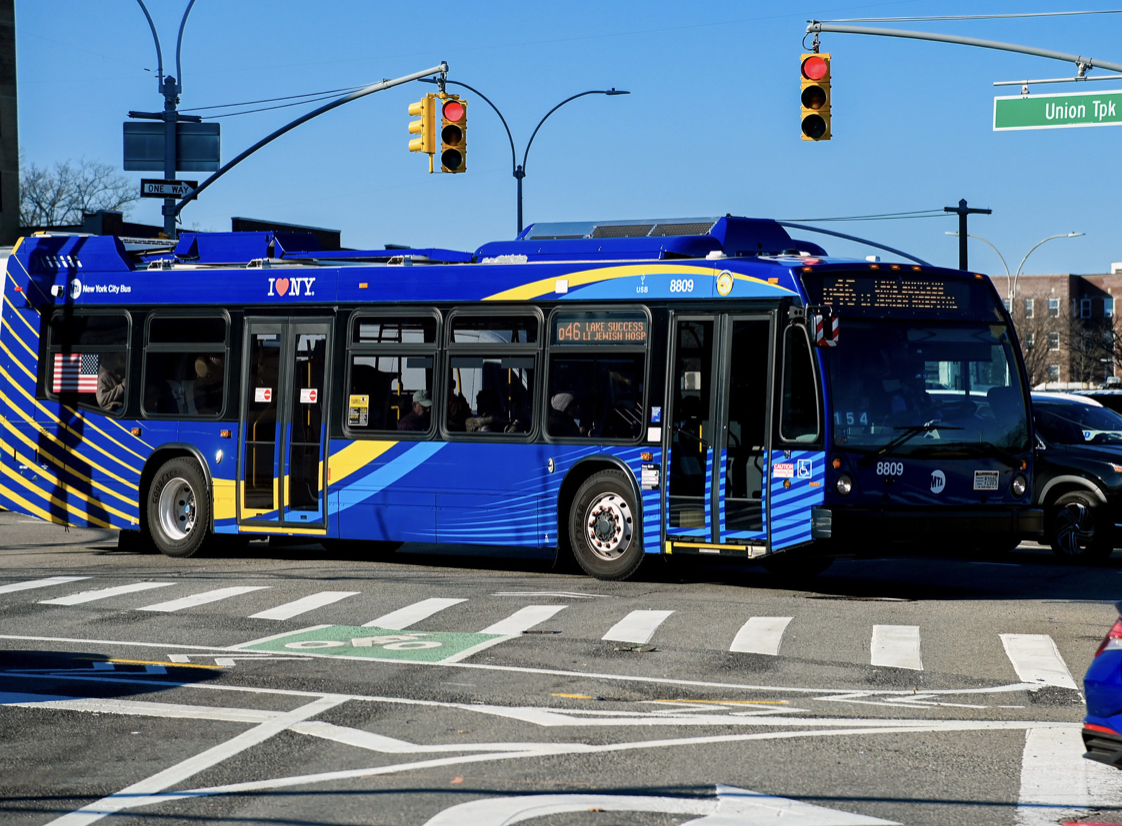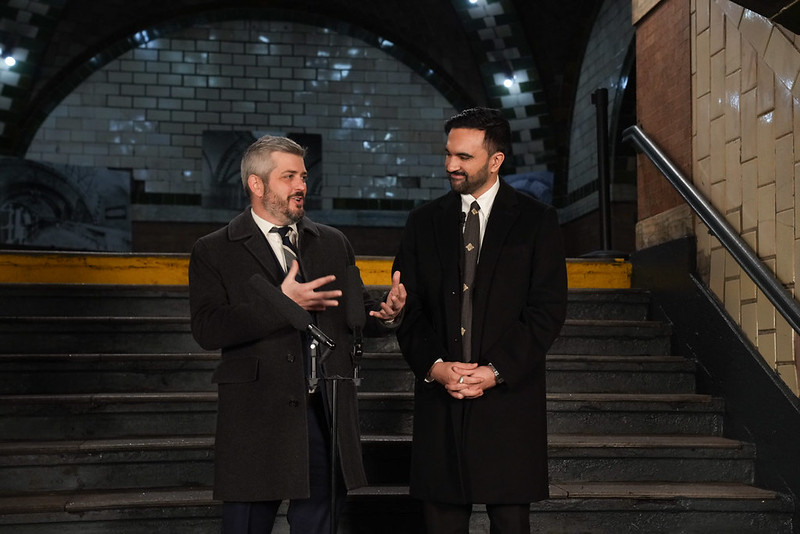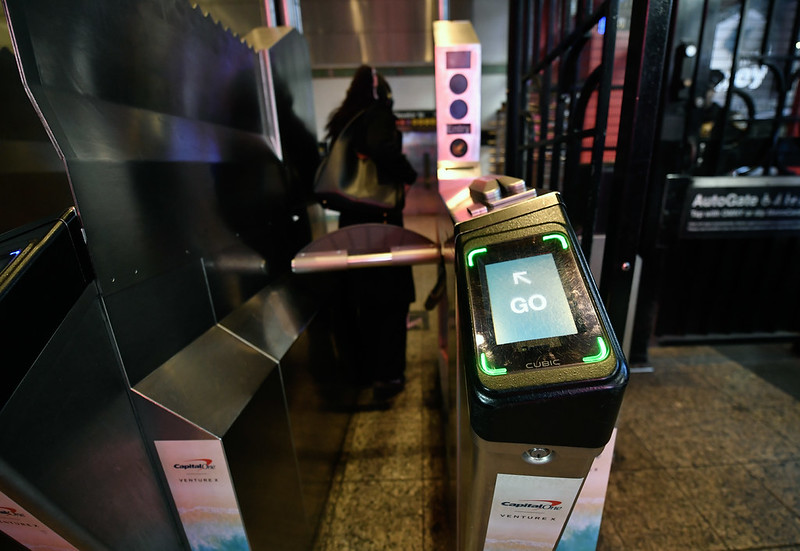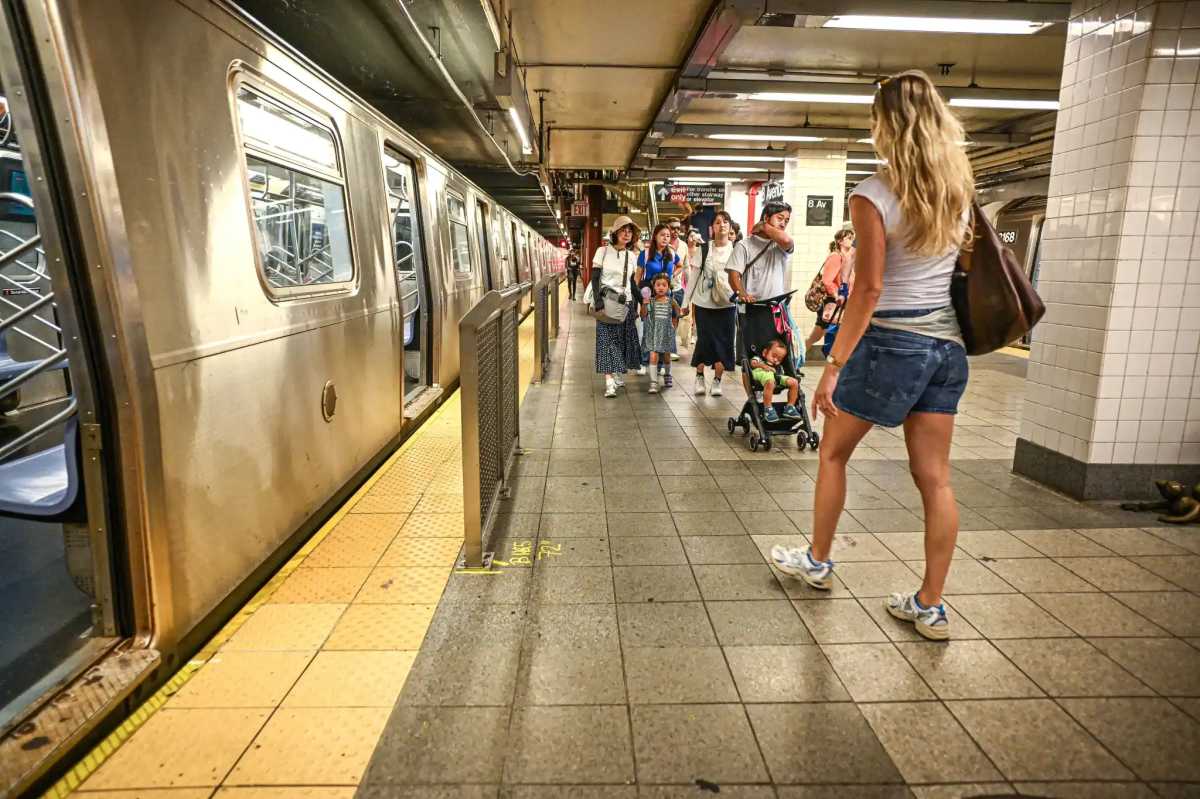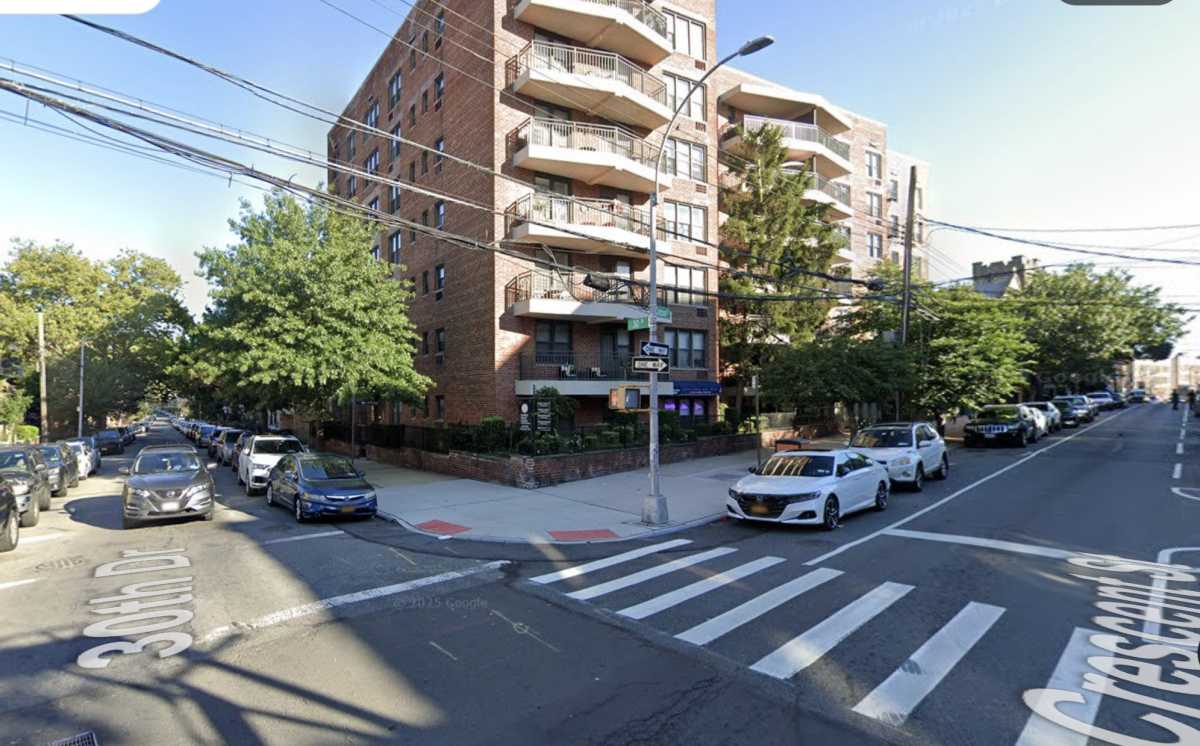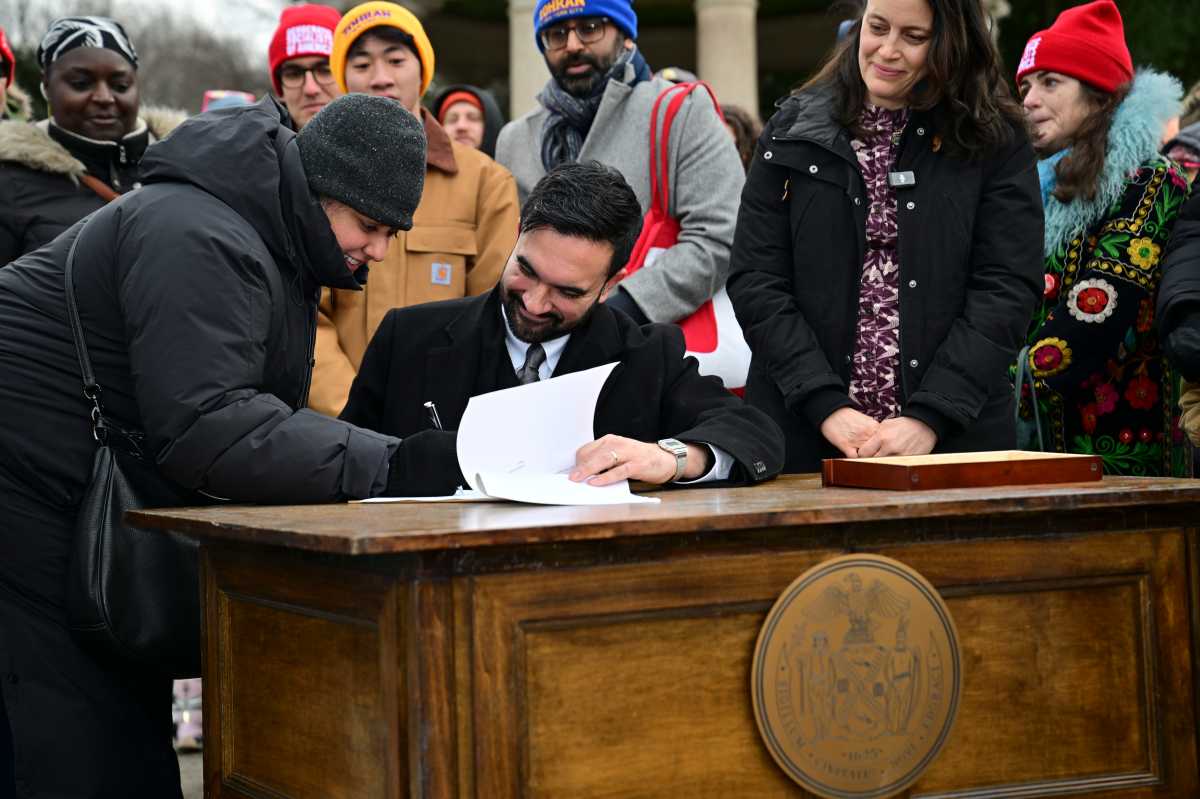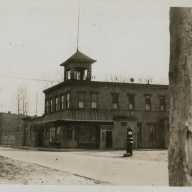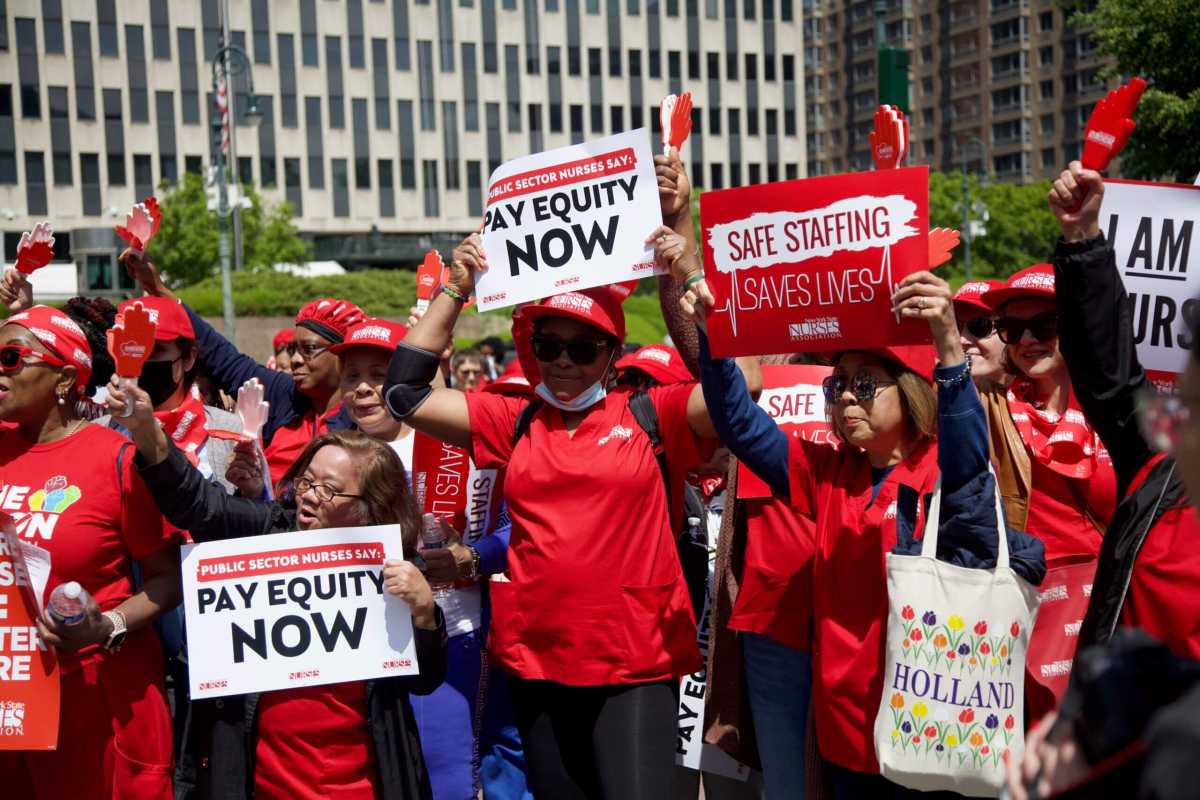The MTA unveiled a final plan to modify over a hundred bus routes, with the addition of several new ones across Queens, in an effort to encourage ridership by offering faster and more consistent service.
The Queens Bus Network Redesign Proposed Final Plan, unveiled at a press conference on Tuesday, Dec. 12, proposes investing $30 million into the borough’s bus network.
Almost every single existing bus route will be affected by the plan, either with added or removed stops. It will also introduce four routes to run locally, as well as eight new 24-hour overnight routes and one new interborough express route.
“Better bus service means greater transit equity,” said MTA Chair and CEO Janno Lieber. “Because of its history, Queens ended up with less subway service relative to its size and population than the other boroughs, so buses have always been vital links connecting residents to jobs, education, culture and everything else New York has to offer.”
Queens has the largest bus network of the five boroughs and served approximately 800,000 riders on an average weekday pre-pandemic, according to the MTA. While 52 percent of Queens residents rely on public transportation for their daily commute, only 11 percent primarily utilize a bus. And from 2014 to 2019, bus ridership in the borough fell by 5 percent.
The plan introduced a new ‘Rush’ bus route, that will have a local and non-stop portion, to reduce unnecessary stops and decrease travel times. Existing bus routes include Local, Limited, Select Bus Service (SBS) and Express routes. It proposes 27 new Rush routes that will only stop at major transfer points like subway stations and key destinations.
A new express bus route, the QM65, would connect Laurelton and Rochdale to downtown Manhattan. The MTA plans to discontinue the QM3, which runs from Little Neck to Midtown, due to low ridership.
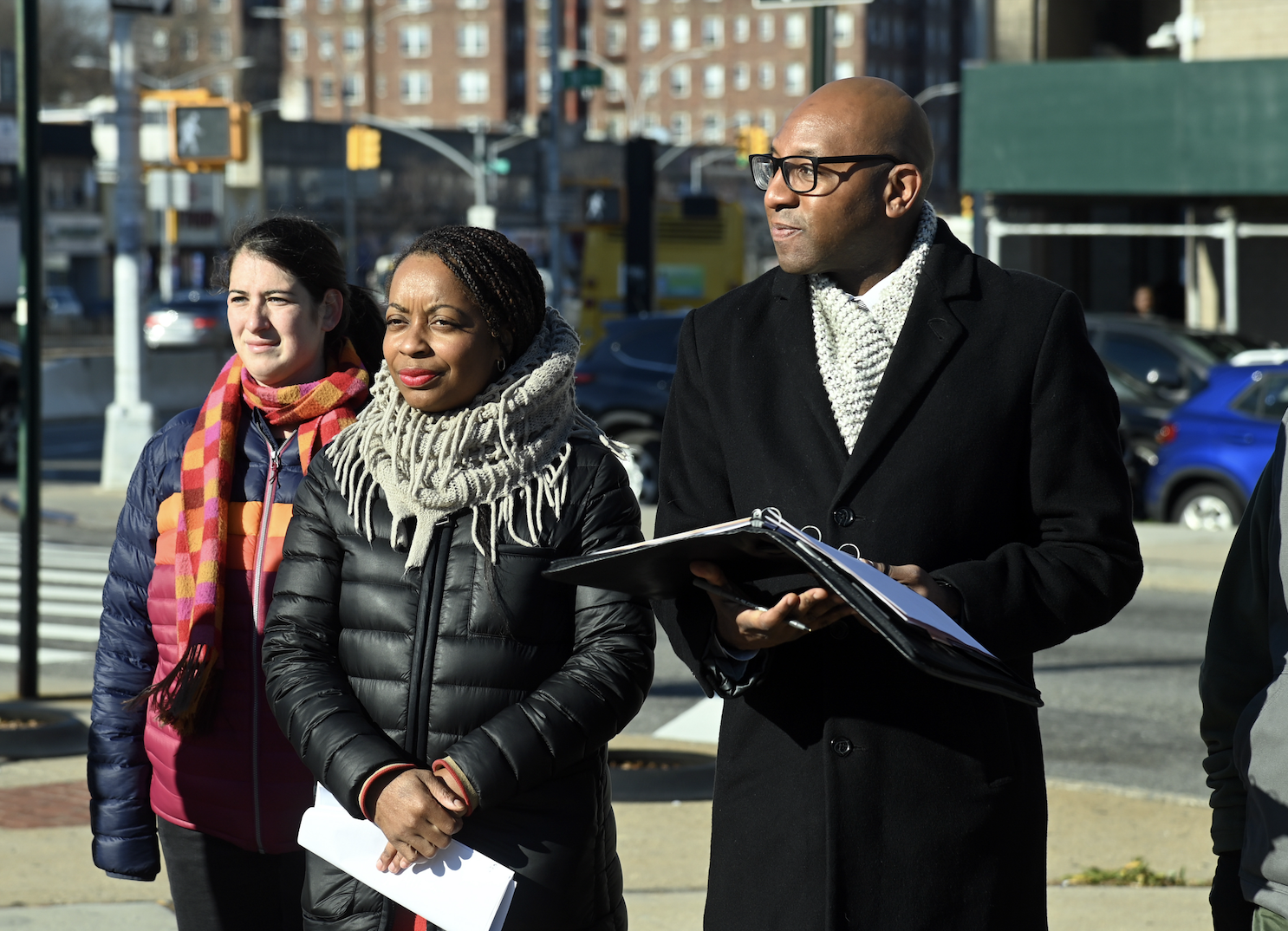
“It is easier to get to Florida by plane on some days than to get to Manhattan by bus and train in parts of southern Queens. But we’re going to fix that with the redesign,” said Borough President Donovan Richards at the Tuesday press conference. “That’s a true story. I did time it. It’s not a joke.”
The MTA conducted outreach sessions in formulating the plan, where customers pointed out that buses are often unreliable, either not showing up on time and when they do, several arrive at once. Buses, customers say, are also slow due to congestion on the roads and frequent turns. And for those who are not frequent bus riders, the system can be complex to navigate when determining what route is best.
Despite the incoming changes, the MTA says that 83 percent of riders will continue to use the same bus stop they do today.
“The redesign is certainly one of the heavier lifts in our efforts to improve bus service, so today’s news of releasing the Queens Bus Network Redesign Proposed Final Plan is a big milestone,” said Frank Annicaro, NYC Transit Senior Vice President of Buses. “With other bus initiatives underway like expanding enforcement from bus lanes to bus stops and implementing priority street treatments, we are well on our way to deliver better, more equitable, faster service.”
The plan was first proposed in April 2019, but was put on pause during the pandemic. It was withdrawn from consideration in December 2021 and reintroduced in March 2022. Since then, several draft plans have been released based on feedback from outreach events. The MTA said that this is the final plan which will focus on redesign strategies.
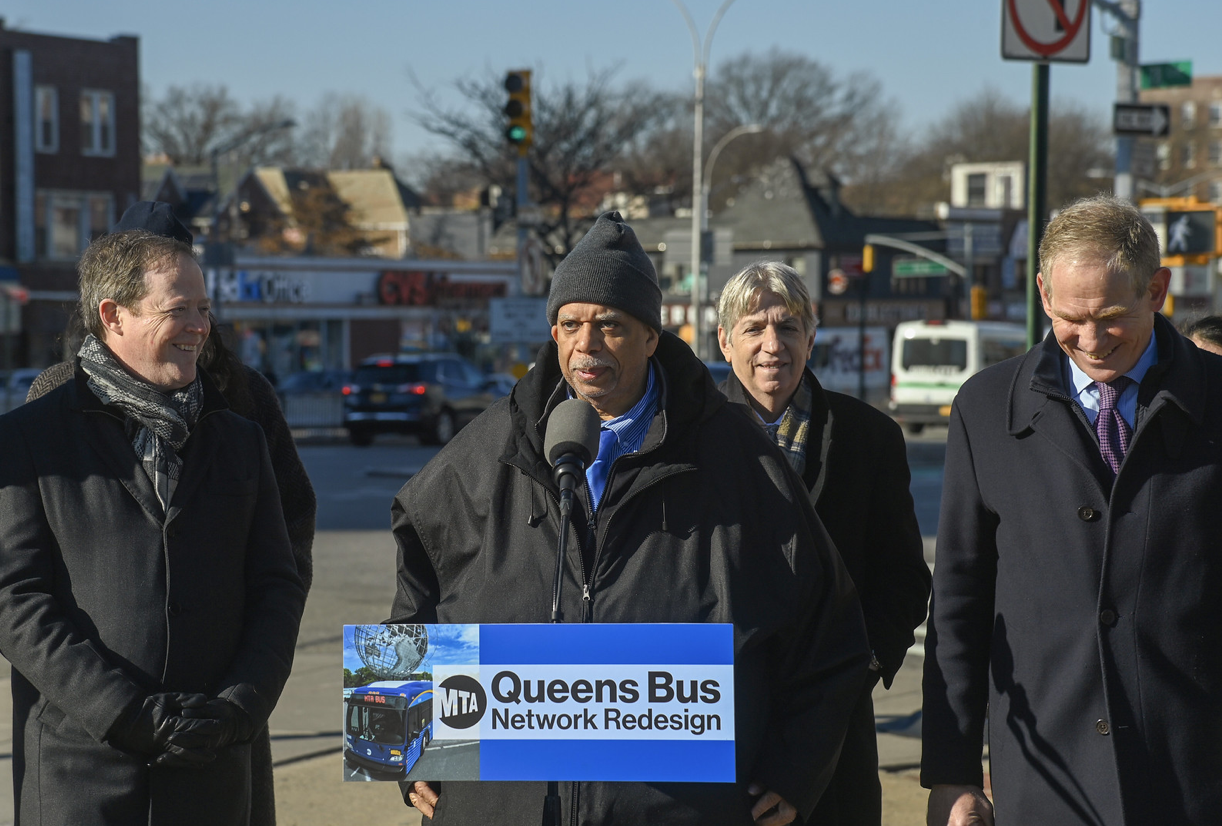
Ahead of a final vote by the MTA board to get the plan on the road in 2024, public engagement sessions and open houses will be held to garner additional feedback for a final round of changes. The MTA will also present the plan to community boards next year.
“We need the public, the drivers, we need all the users, all the people that are going to be impacted from the businesses, to come out to these meetings and speak your mind,” said Senator Leroy Comrie. “We need your input on this because we want to get this right, and the MTA is dedicated to getting it right.”

